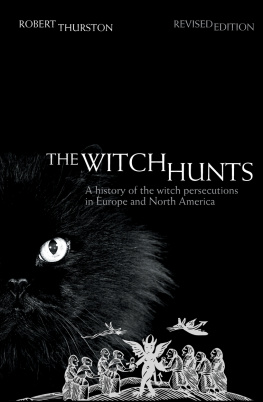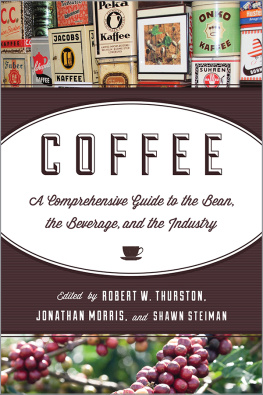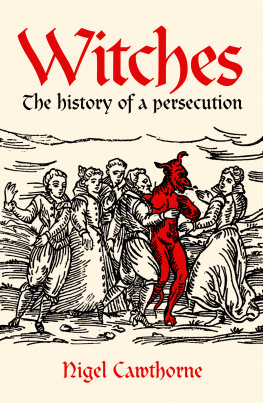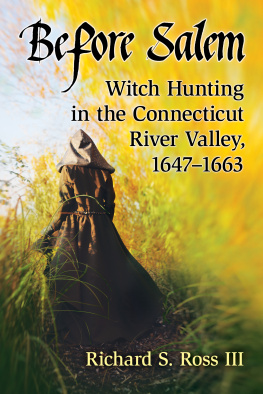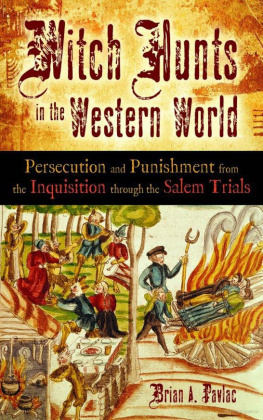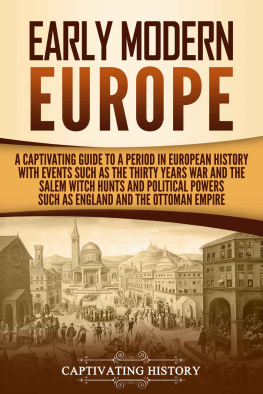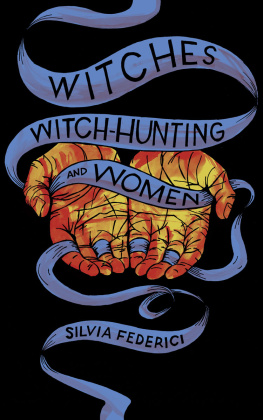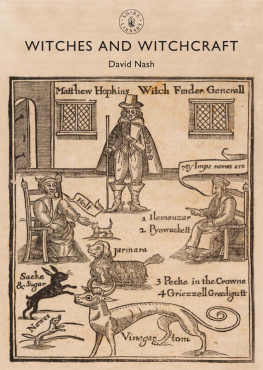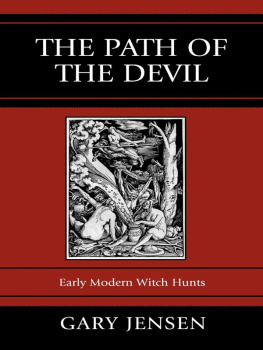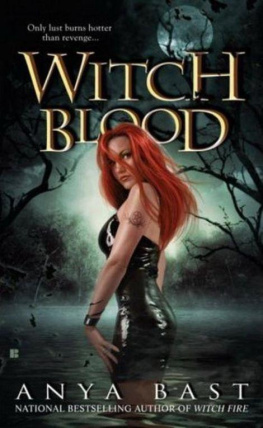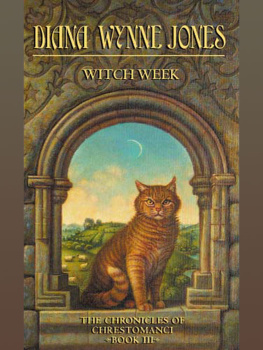First published 2001
by Pearson Education Limited
This edition published in 2007
Published 2013
by Routledge
2 Park Square, Milton Park, Abingdon, Oxon OX14 4RN
711 Third Avenue, New York, NY 10017, USA
Routledge is an imprint of the Taylor & Francis Group, an informa business
Copyright 2001, 2007, Taylor & Francis.
The right of Robert W. Thurston to be identified as author of this work has been asserted by him in accordance with the Copyright, Designs and Patents Act 1988.
All rights reserved. No part of this book may be reprinted or reproduced or utilised in any form or by any electronic, mechanical, or other means, now known or hereafter invented, including photocopying and recording, or in any information storage or retrieval system, without permission in writing from the publishers.
Notices
Knowledge and best practice in this field are constantly changing. As new research and experience broaden our understanding, changes in research methods, professional practices, or medical treatment may become necessary.
Practitioners and researchers must always rely on their own experience and knowledge in evaluating and using any information, methods, compounds, or experiments described herein. In using such information or methods they should be mindful of their own safety and the safety of others, including parties for whom they have a professional responsibility.
To the fullest extent of the law, neither the Publisher nor the authors, contributors, or editors, assume any liability for any injury and/or damage to persons or property as a matter of products liability, negligence or otherwise, or from any use or operation of any methods, products, instructions, or ideas contained in the material herein.
ISBN 13: 978-1-4058-4083-5 (pbk)
British Library Cataloguing in Publication Data
A CIP catalogue record for this book can be obtained from the British Library
Library of Congress Cataloging in Publication Data
Thurston, Robert W.
The witch hunts: a history of the witch persecutions in Europe and North America /
Robert W. Thurston.
p. cm.
Rev. ed. of: Witch, wicce, Mother Goose. 2001.
Includes bibliographical references and index.
ISBN-13: 978-1-4058-4083-5 (pbk.)
ISBN-10: 1-4058-4083-8 (pbk.)
1. WitchcraftEuropeHistory. 2. WitchcraftUnited StatesHistory. 3. Trials
(Witchcraft)EuropeHistory. 4. Trials (Witchcraft)United StatesHistory. I.
Thurston, Robert W. Witch, wicce, Mother Goose. II. Title.
BF1584.E9T48 2006
133.4'3094dc22
2006050686
Set by 35 in 11/13.5pt Garamond MT
It is not often that we get an opportunity to take back a word said, change an action performed. I am grateful to Pearson Education for giving me the chance to write a second edition of a book on the European and North American witch hunts.
In general, I believe, the first edition has held up well. For example, other writers have now come closer to the estimate offered there of the total number executed a figure, I should say, that I derived in the first place from educated guesses by some specialists. The first edition argued against the view that state-building or rebellion was an essential factor at work behind the witch hunts, and recently published material appears to support my contention more than undermine it.
It is the new studies a great flood of them, constantly increasing that call for a revision of my first effort. A magnificent new Encyclopedia of Witchcraft , in particular, sums up the state of enquiries into the persecutions and virtually demands a new broad exploration of them. Other, specialized studies on the meaning and goals of demonology, the vast contemporary literature on witchcraft produced in Europe from the early fifteenth century into the eighteenth, require a rethinking of that topic. We seem closer than ever to unravelling the question of why women were so often the victims of the hunts. The role of the Protestant and Catholic Reformations seems clearer now than several years ago, and the issue of how often the folk magicians, the wise or cunning people, ended on the gallows or the stake is better focused.
While the first edition was deemed clear and readable by virtually all who commented on it, I hope to make certain ideas even more accessible in this try. In particular, were the witch hunts functional? That is, did they have the primary aim or the secondary outcome of disciplining people and scaring them into the behaviour desired by the elite? My answer here is still no, but I shall make the reasons for that conclusion sharper.
What did not work in the first edition was its title, Witch , Wicce , Mother Goose . The point of that phrase, besides the obvious goal of catching potential readers attention, was to show that a change in European terms for certain women summed up the whole course of the witch hunts. Although I tried in the text to explain what I had in mind, apparently only I and my original editor understood what I was attempting to get at. Wicce, the first of my three words chronologically, is an old Anglo-Saxon term that might be rendered in modern English as sorceress or magician. Witch came much later and referred to anyone thought to have allied with the devil in order to make black magic. Finally, Mother Goose represents the triumph in western European consciousness of the harmless old woman; the malicious ugly witch has been tamed and relegated to the world of fairy tales. In short, one prominent motif regarding ordinary females in Europe had them first as somewhat problematic, then a huge threat (in certain areas at certain times) and finally a charming old grandmotherly figure. Western Europe traversed this distance in the relatively short time of three centuries.

